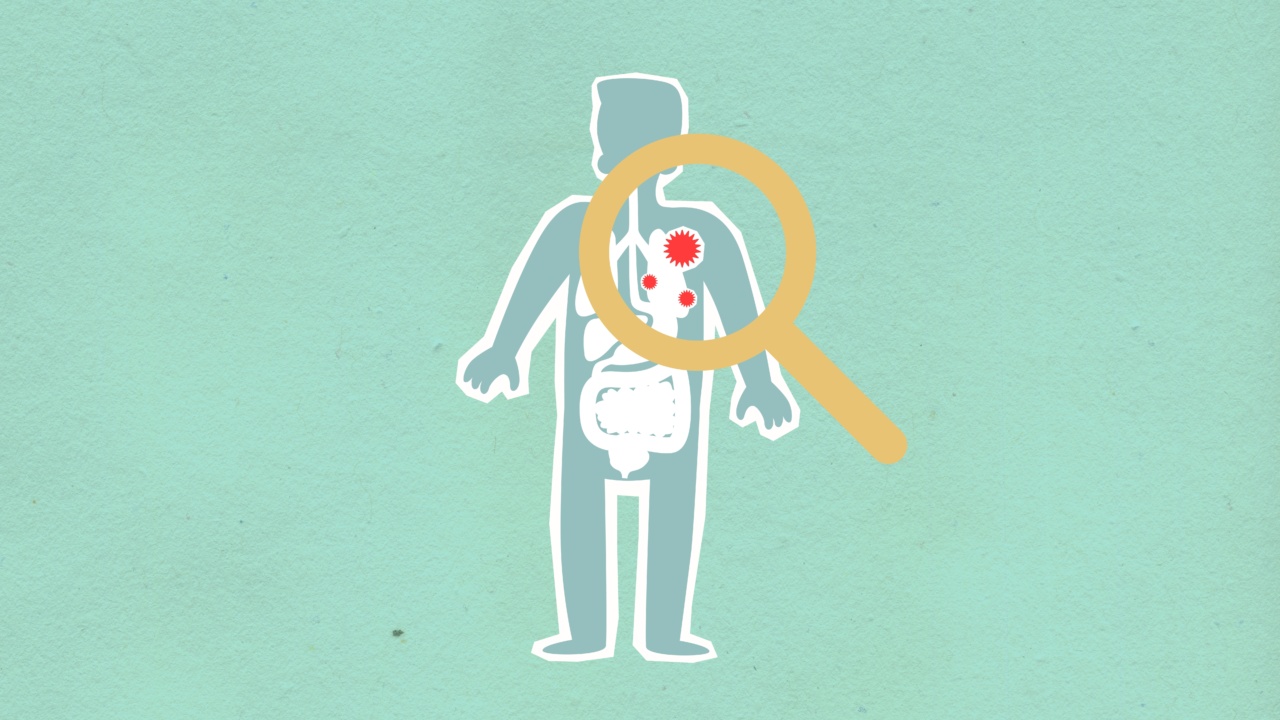Autism Spectrum Disorder (ASD) is a neurodevelopmental disorder characterized by impaired social interaction, communication, and repetitive behaviors.
The causes of ASD are complex and multi-factorial, with both genetic and environmental factors playing a role.
Recent research has investigated the role of prenatal exposure to maternal hormones in the development of ASD, particularly in male offspring. Here we review the current evidence on the impact of maternal hormones on autism risk in male offspring.
The role of androgens
Androgens are male sex hormones that play a critical role in the development of male reproductive organs and secondary sex characteristics.
During fetal development, the testes produce large amounts of androgens, which influence the development of the brain and behavior.
Some studies have suggested that prenatal exposure to elevated levels of androgens may increase the risk of ASD in male offspring.
For example, one study found that maternal exposure to high levels of androgens during pregnancy was associated with an increased risk of ASD in male offspring.
However, other studies have found no association between prenatal exposure to androgens and ASD in male offspring.
For example, a study that measured prenatal androgen levels in amniotic fluid found no difference in androgen levels between male infants with and without ASD.
The role of estrogen
Estrogen is a female sex hormone that plays a critical role in the development and functioning of the female reproductive system. During pregnancy, estrogen levels increase significantly, particularly in the second and third trimesters.
Some studies have suggested that low levels of estrogen during gestation may increase the risk of ASD in male offspring.
For example, one study found that pregnant women who were prescribed estrogen-lowering medications had a higher risk of having a child with ASD.
However, other studies have found no association between prenatal exposure to estrogen and ASD in male offspring.
For example, a study that measured prenatal estrogen levels in amniotic fluid found no difference in estrogen levels between male infants with and without ASD.
The role of progesterone
Progesterone is a hormone that plays a critical role in female reproductive function, particularly in supporting pregnancy.
Progesterone levels increase significantly during pregnancy, and some studies have suggested that low levels of progesterone during gestation may increase the risk of ASD in male offspring.
For example, one study found that pregnant women who had low levels of progesterone in early pregnancy had a higher risk of having a child with ASD.
Another study found that progesterone treatment in pregnant women with a history of preterm birth reduced the risk of ASD in their male offspring.
However, other studies have found no association between prenatal exposure to progesterone and ASD in male offspring.
For example, a study that measured prenatal progesterone levels in amniotic fluid found no difference in progesterone levels between male infants with and without ASD.
The role of oxytocin
Oxytocin is a hormone that plays a critical role in social bonding, trust, and empathy. Some studies have suggested that prenatal exposure to low levels of oxytocin may increase the risk of ASD in male offspring.
For example, one study found that mothers of male children with ASD had lower levels of oxytocin during pregnancy compared to mothers of typically developing children.
Another study found that oxytocin treatment in pregnant women with a family history of ASD reduced the risk of ASD in their male offspring.
However, other studies have found no association between prenatal exposure to oxytocin and ASD in male offspring.
For example, a study that measured prenatal oxytocin levels in amniotic fluid found no difference in oxytocin levels between male infants with and without ASD.
Conclusion
The evidence on the impact of maternal hormones on autism risk in male offspring is complex and often conflicting.
While some studies have suggested that prenatal exposure to certain hormones may increase the risk of ASD in male offspring, other studies have found no association.
It is likely that the genetic and environmental factors that contribute to the development of ASD interact with prenatal hormone exposure, making it difficult to isolate the effects of hormones alone.
Additional research is needed to better understand the role of maternal hormones in autism risk in male offspring, and to identify potential interventions that could reduce this risk.




























